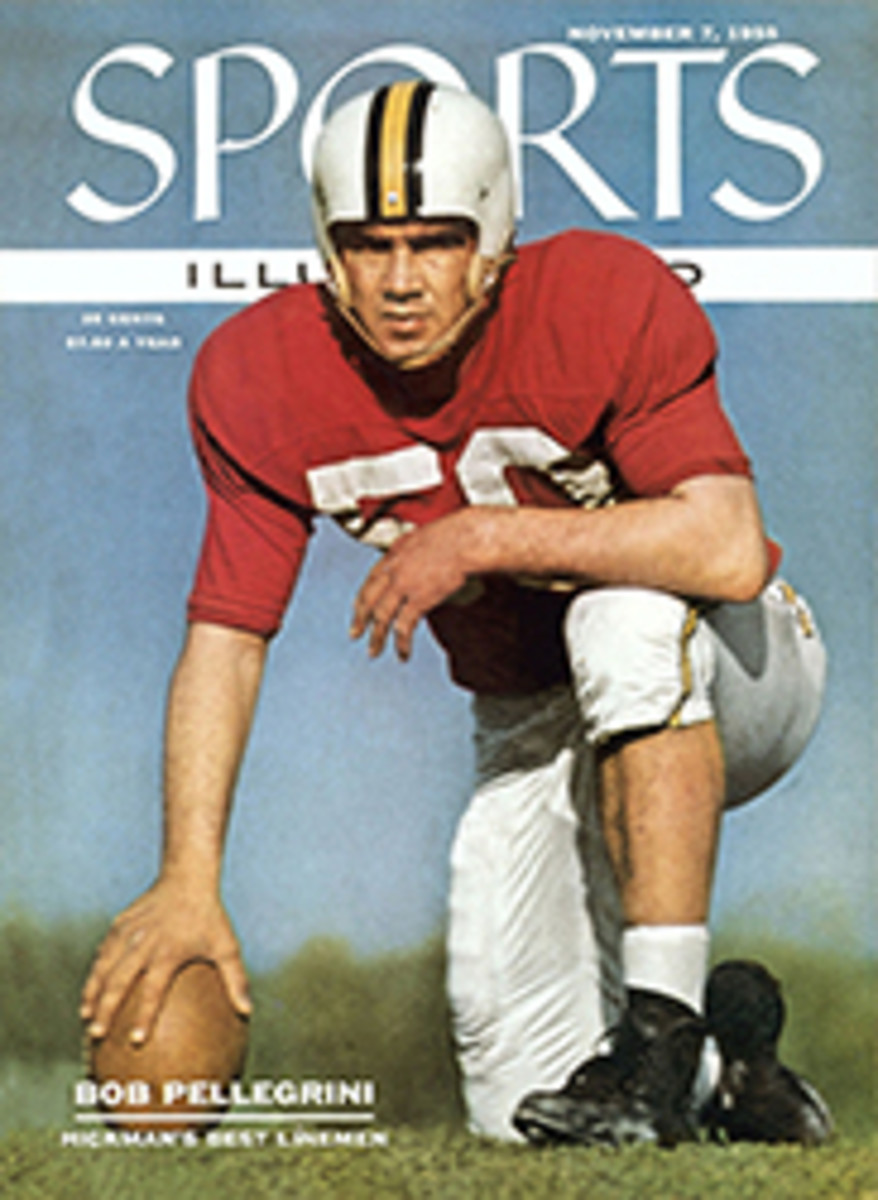
Especially intended for inconsistent putters
Nowadays too many golfers take much too long studying their putts. This meticulousness, far from making them better putters as many of them misguidedly think it does, really works against them. The longer they study the line to the hole, the more confused they get. When they are finally ready to tap the ball, their mind is cluttered with conflicting data, and they can put little true conviction into the stroke.
At the core, putting is a matter of instinct. You have probably noticed that on some days—the days you are putting well—you see the line to the hole the moment you crouch behind the ball and sight the shot. The line practically jumps right out at you, as if it were drawn in chalk. This line, a combination of direction modified by speed, is something you learn to see as your experience sharpens your sense of borrow and break and slope and how they will affect the roll of your ball. While many golfers acquire the sense of how to "read a green," many of them are not the putters they should be. Their failing is that they do not trust their first instinctive reading and start fussing for facts that will prove to them that they have not sighted the correct line. When you look a putt over, stay with the first line that catches your eye, and you will find, I am certain, that you are on the right road.
from NOBLE CHALFANT, Denver Country Club
TWO PHOTOS
THREE ILLUSTRATIONS
Noble Chalfant demonstrates some of the many operations pursued by overthorough putters
NEXT WEEK: CHICK HARBERT ON THE EYE OVER THE PUTT

